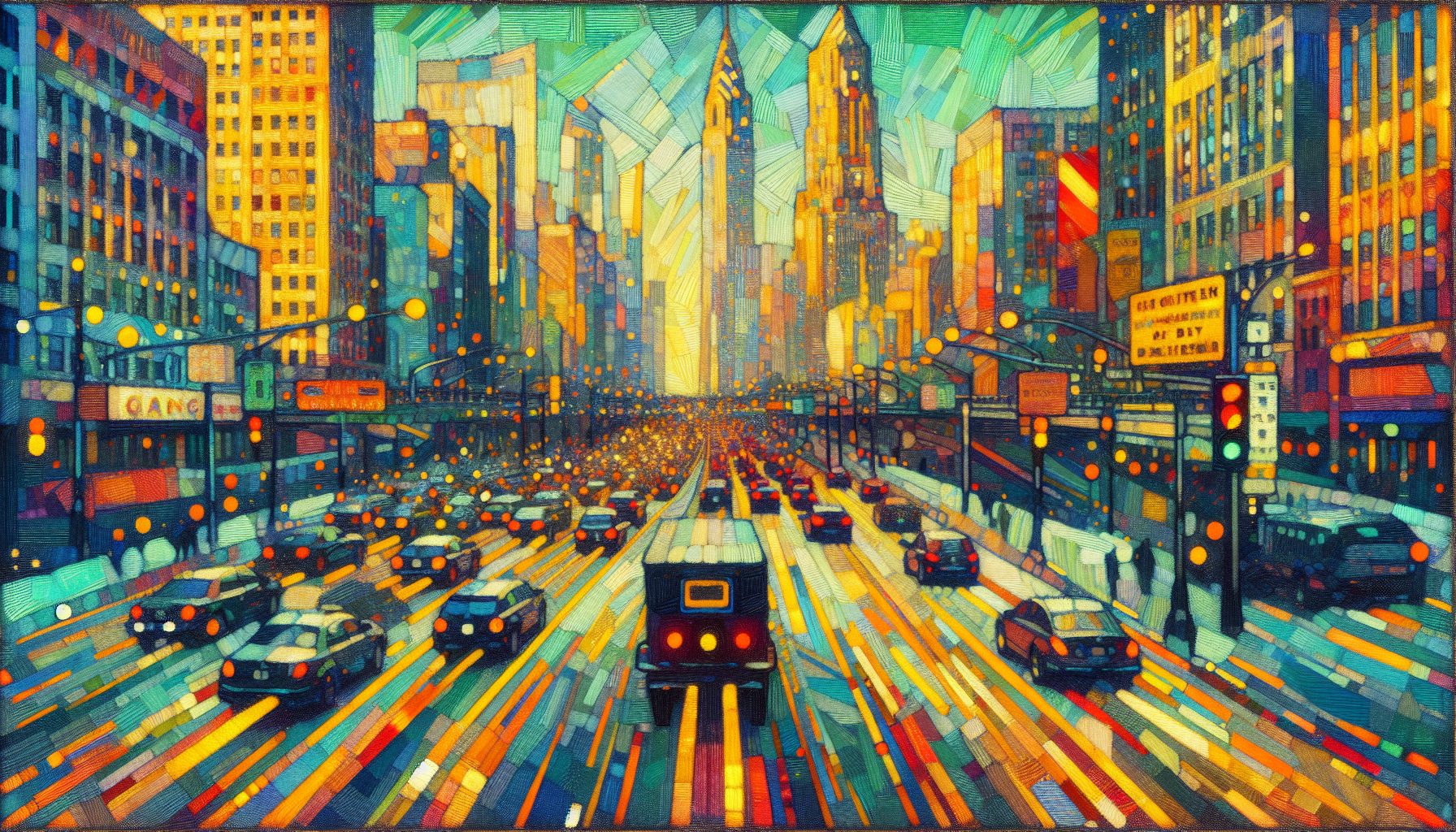With U.S. federal highway officials unable to settle on a single optimal font for roadway signage, America’s highways exhibit a mix of signage. These varying fonts, which can include Highway Gothic, Clearview, or even a combination of the two, have been observed to cause confusion among drivers, as each perform differently under diverse visibility conditions.
Highway Gothic was, for a long time, the standard once upon a time. However, its tendency to distort at high speeds or in low lighting conditions made reading difficult for some drivers. Clearview, on the other hand, aids in improving readability under such conditions at a distance. However, the prohibitive costs associated with changing existing signs has prevented Clearview from becoming an across-the-board solution.
This discrepancy originated in 1948 when Highway Gothic was made the standard for roadway signage. Despite being popular for its legibility at high speeds, critics argued that it was difficult to read from a distance. Consequently, Clearview was introduced in 2004 as a potential replacement. But, the adoption of this typeface has been slow and uneven, leading to a lack of uniformity in road signs.
Deciphering US highway font conundrum
Another challenge in highway signage is the phenomenon of halation, which obscures some lowercase letters, a problem that is particularly prominent at night. The switch to using block uppercase letters on highway signs addressed this issue and improved the legibility, especially during night-time.
Clearview was a collaborative creation by type design company Meek & Associates and researchers from the Larson Pennsylvania Transportation Institute. It aimed to improve legibility by approximately 20% and was approved for nationwide use in 2004. Over time, inconsistencies in its performance led to its decline, but Clearview undoubtedly made its mark in transportation design.
The typography in Clearview and Highway Gothic vary, especially in letters like l, t, and d. Despite the differences, both are highly readable. However, in 2016, the Federal Highway Administration withdrew support for Clearview, suggesting it wasn’t superior to Highway Gothic. Even so, the choice between these two fonts remains at the discretion of each state, making road signage a complex issue with no easy solution.










